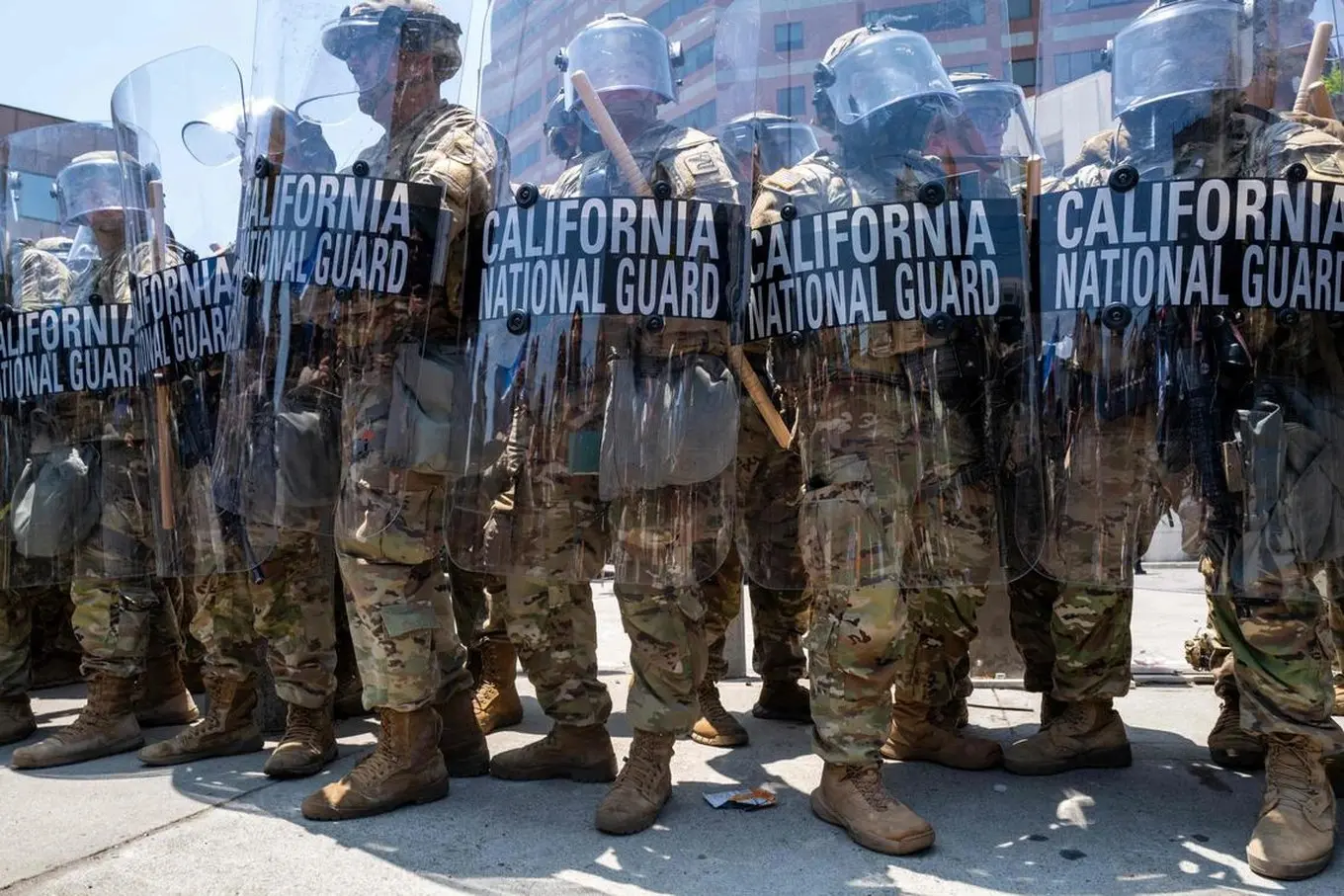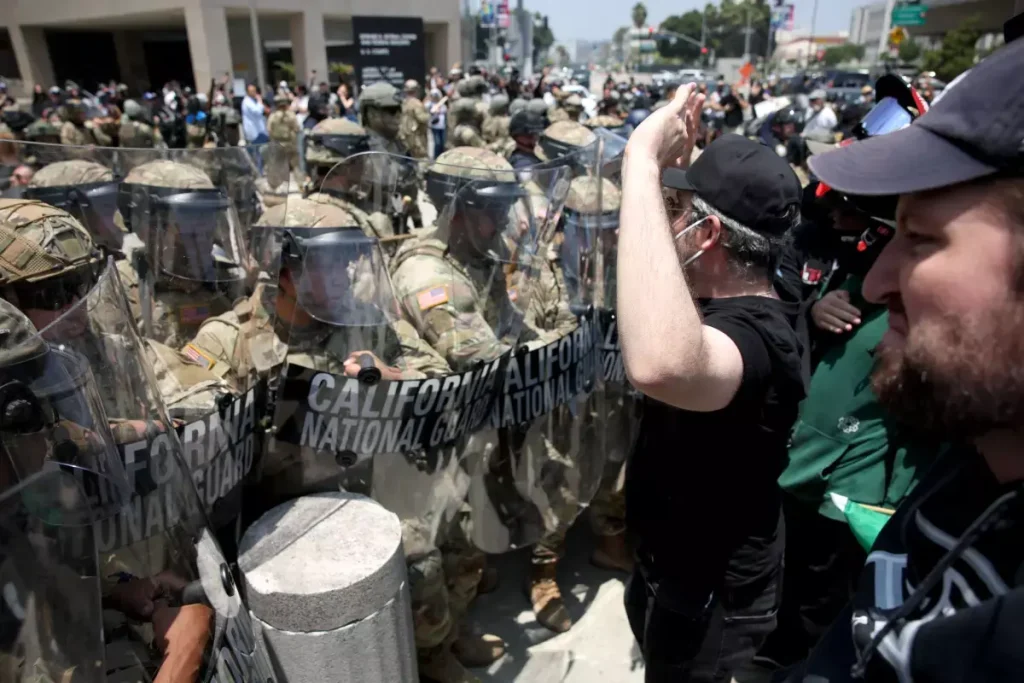Los Angeles has erupted into chaos after ICE raids in LA targeting undocumented immigrants sparked widespread unrest. Protesters, enraged by the aggressive sweeps, have taken to the streets—leading to freeway lockdowns, confrontations with law enforcement, and a surprising deployment of California’s National Guard.
What Does ICE Stand For?
ICE stands for Immigration and Customs Enforcement. It’s the main interior agency within the U.S. Department of Homeland Security, responsible for:
-
Enforcement and Removal Operations (ERO) – locating and deporting undocumented individuals
-
Homeland Security Investigations (HSI) – targeting criminal networks involved in trafficking, drugs, and terrorism
ICE operates with over 20,000 agents across more than 400 regional locations.
Why Are There LA ICE Protests?
Tensions ignited after ICE raids in LA resulted in 118 arrests, including people accused of serious crimes like drug trafficking and assault. The raids were broadly executed—in workplaces, homes, and factories—causing fear among immigrant families and triggering mass mobilization from the community. Protesters argue these operations are indiscriminate and violate sanctuary protections.

When LA Protests Turned Violent
Demos began peacefully but escalated in areas including downtown LA, Paramount, Compton, and the Fashion District:
-
Freeway Blockade: Hundreds of protesters occupied southbound lanes of the 101 Freeway, leading to the use of tear gas and flash-bangs by LAPD and CHP.
-
Property Damage: Demonstrators vandalized federal buildings, damaged vehicles (including Waymo autonomous cars), and clashed directly with National Guard and DHS personnel.
-
Arrests and Weapons: Reports noted weapons like fireworks, rocks, and Molotov-style bottles tossed at officers. Over 30 arrests occurred during the weekend events.
Where in LA Are the Riots Happening?
Key areas affected include:
-
Downtown LA: epicenter of freeway shutdowns and confrontations near federal buildings
-
Paramount: site of ICE raids and intense protest clashes
-
Compton & Fashion District: zones of riotous activity and widespread vandalism
-
Metropolitan Detention Center & City Hall: focal points of National Guard standoffs and protester gatherings
National Guard Deployed in LA — A Stunning Federal Move
President Trump took the rare step of deploying 2,000 California National Guard troops under federal authority, bypassing Governor Gavin Newsom. About 300 guardsmen were already in place by Sunday, tasked with protecting federal facilities. Marines stationed at Camp Pendleton are also on standby.

Governor Newsom and Mayor Karen Bass criticized the deployment as political theater, claiming it was an unnecessary escalation and a violation of state authority.
Is This a Full-Blown Riot?
Some media describe the situation as “LA ICE riots,” yet officials emphasize that many demonstrations remain peaceful. Violent incidents involving arson, vandalism, and attacks on law enforcement have pushed some areas into declared “unlawful assembly” status, prompting a forceful police response.
What Happens Next?
-
ICE will continue raids, despite community uproar
-
National Guard presence likely to expand, as Trump promises more troops
-
Local leaders are urging calm, encouraging peaceful protest and cautioning against escalating the conflict
What Exactly Sparked These Clashes?
This eruption reflects broader tensions over hardline immigration enforcement under the Trump administration. While previous protests concentrated on border crackdowns and family separations, this wave marks a more aggressive reach into sanctuary cities—and a dramatic federal response aimed at asserting federal authority over local jurisdictions.
The ICE raids in LA have set off massive protests, some violent, prompting the first gubernatorial bypass in decades with the deployment of the National Guard. As federal forces and local communities collide, Los Angeles faces a pivotal test of its identity as a sanctuary city—and the nation watches as a storm of immigration enforcement and civil dissent continues to rage.


